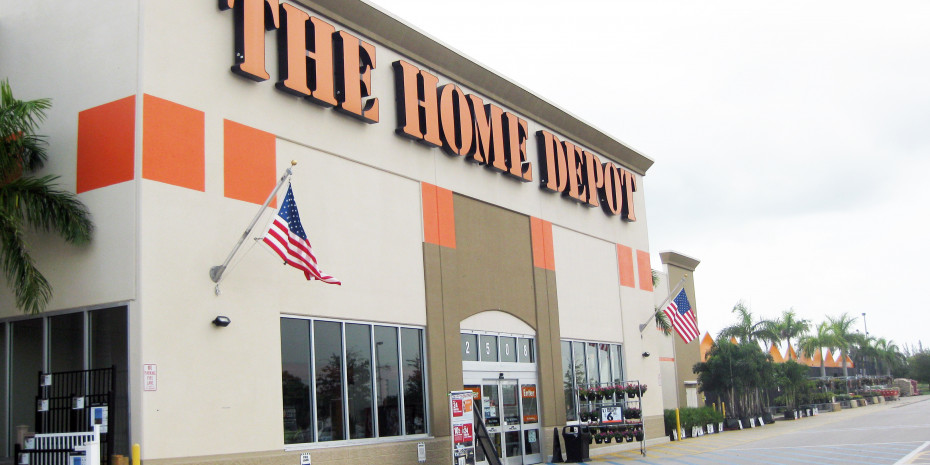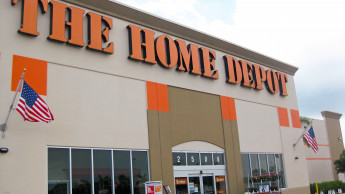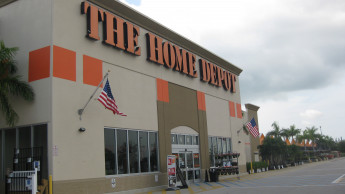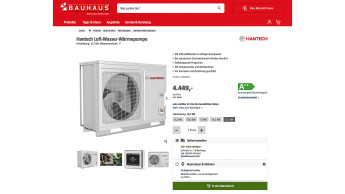The industry-wide growth rate lags slightly behind the rates reported late in 2015 by both Home Depot and Lowe's, the two publicly-owned home center giants. The U. S. market is dominated by three home center firms - Home Depot, Lowe's and privately-owned Menards. NRHA's dollar estimate is similar to but slightly larger than that of two other research organizations.
The total number of retail outlets continues to increase at a very low rate, with the number of hardware stores decreasing slightly, home centers increasing at a much slower pace than in earlier years, and the number of lumberyards remaining fairly constant.
Both Home Depot and Lowe's, but especially Home Depot, have greatly reduced the number of store openings planned in this year. For the last several years, Lowe's has been opening considerably more stores than Depot.
The top chains accounted for 49.4 per cent of industry sales in 2014 or a total of USD 159.4 bn, led by Home Depot's USD 83.2 bn. Depot's new CEO, Craig Minear, recently forecast that the company would exceed USD 100 bn within the next several years. Lowe's reached USD 56.2 bn in 2014 and Menards an estimated USD 8.7 bn. Other major chains were Tractor Supply at USD 5.7 bn; 84 Lumber at USD 2.3 bn, and Northern Tool & Equipment at USD 1.4 bn.
Table 1 clearly illustrates the home centres strong competitive position. In the data, sales per square foot for lumber/building material stores relate only to interior sales space, not including outside storage areas. In addition, the gross margin per employee emphasizes the higher average transaction of lumber dealers.While this data for home centers represents the industry, the performance of Home Depot and Lowe's, both publicly owned, is much better. Both achieve net profits of 4 per cent or more and gross margins exceeding 34 per cent. That means that smaller home centers, either single units or small chains, are finding it tough to compete with the giants.
Table 2 allows a closer look at the two giants, which shows that Depot is doing a much better job of managing…

 Menü
Menü















 Newsletter
Newsletter